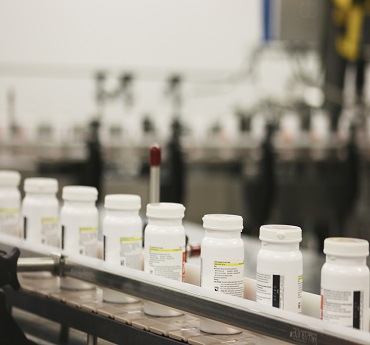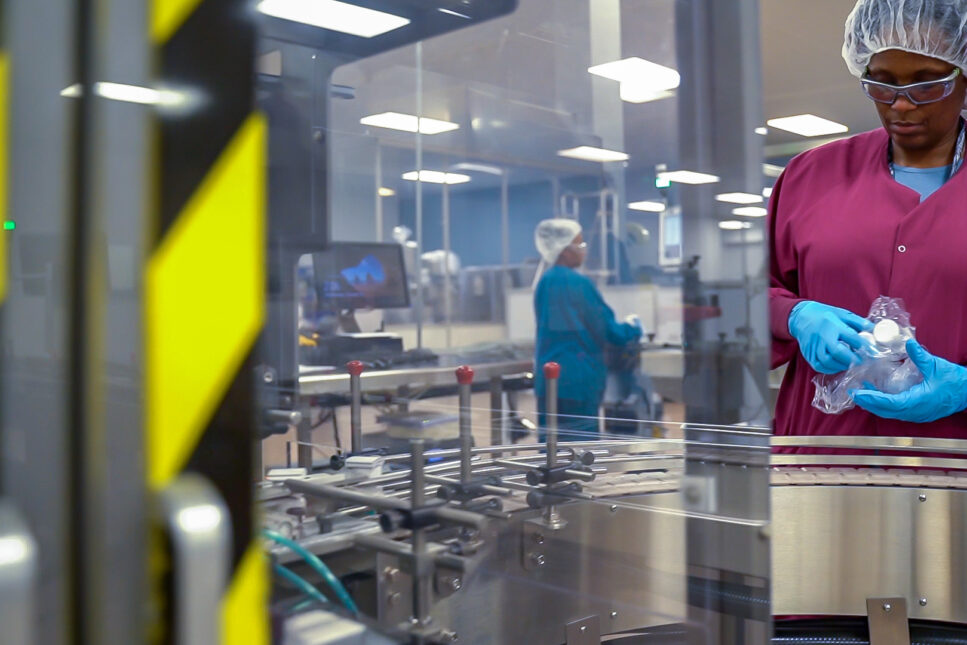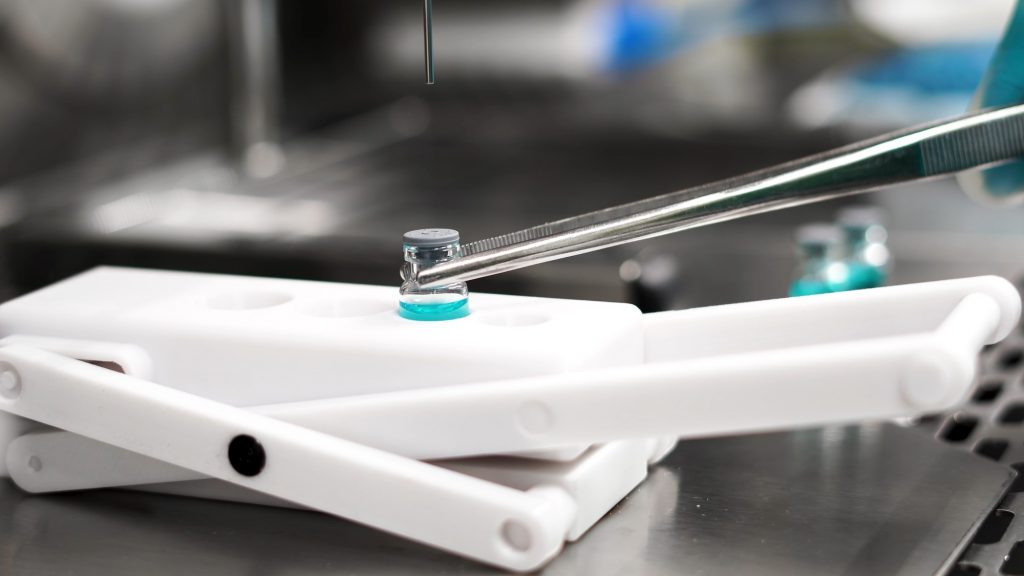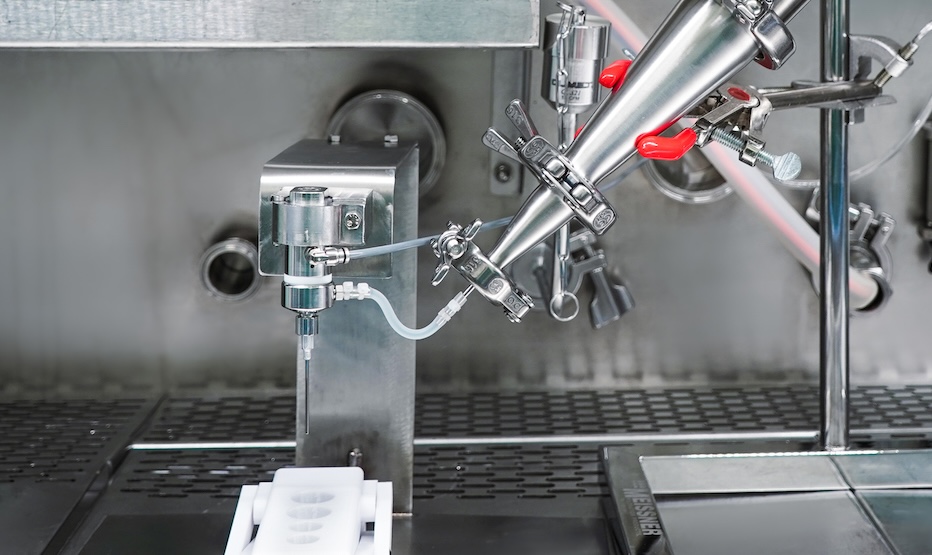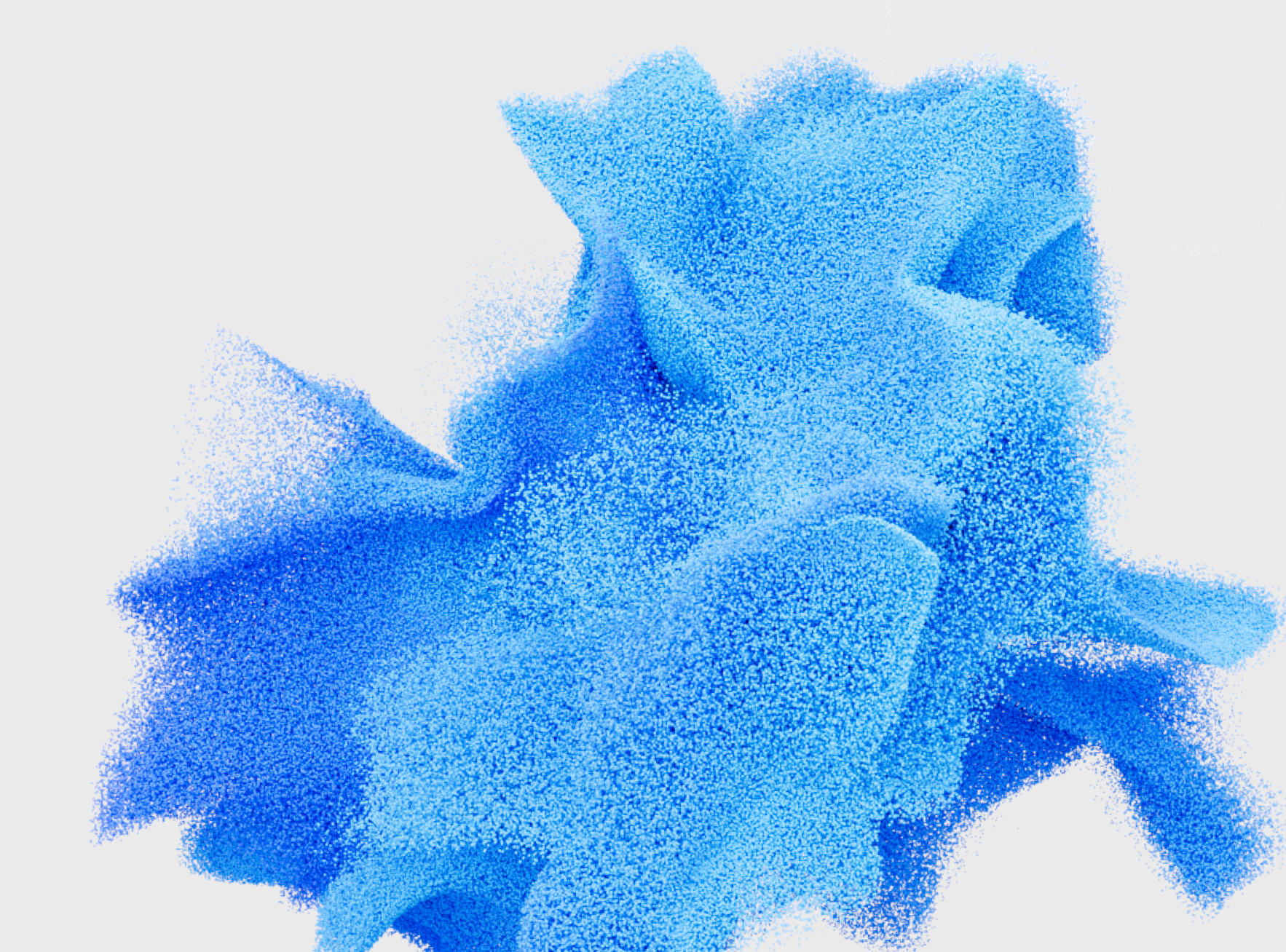Michele Snow-Frederick, Quality In-Process Manager, led an A3 Problem Solving team to challenge the value of torque testing and determine the best practice for the Sharp Packaging, Allentown Bottling Center of Excellence.
In this blog, Michele describes the background, execution and positive results of this problem-solving effort to meet customer quality standards in the most efficient way possible.
Torque testing is an Acceptable Quality Limit (AQL) testing process to measure the force required to remove a cap that has been applied to a bottle as part of the packaging process.
The Inspiration for the Torque Testing A3 Problem Solving Effort
Sharp Quality completed three investigations and several event reports since 2011 related to torque AQL documentation and exceeded torque AQL. A few key ideas and questions were evident to the Quality team:
- Torque testing results can vary greatly depending on the inspector. The reason for this is because of the high level of human intervention involved (securing the bottle to the torque tester, gripping the cap, squeezing the cap, pressing the cap down, turning the cap).
- Due to the variability in testing, the results are always in question when out-of-range results are obtained. What does this mean for results that are in range?
- Should we purchase some of those fully automated torque testers, what value does this get us?
- There was no product impact determined in the three investigations completed; Why?
- It takes time to do torque testing. It takes even more time to investigate failures.
Project Summary
The team started by researching the company history of torque testing. They learned that torque testing pre-dated induction sealing, which was introduced in 1960. Before induction sealing, the cap was the only packaging feature sealing the product in the bottle.
Today, induction seals are the norm, providing the necessary degree of seal to protect the product, not the cap. The A3 team asked, “If the cap isn’t our primary seal, what value do we gain from a torque test?” The next logical question became, “does torque testing really have value in our packaging process?”
A cross-functional team including mechanics, engineers, operations and quality participated in a Failure Mode Effects Analysis (FMEA) of the bottle capping process. The team discussed several potential failure modes and found that the risk of failure was low. The team was interested in learning if out-of-range torque AQL results required mechanical adjustments to avoid failure.
Historical data was gathered and only a single out-of-range torque result occurred in the past 6 years, a total of 5699 bottling lots! When the incident occurred, there was no line adjustment needed. Torque values did, however, cause three deviations with no product impact. This research indicated that cap torque is not a critical parameter for induction sealed bottles.
The value of torque testing was discussed with several bottling customers and their feedback varied. Some customers linked torque testing to induction seal quality, and others linked it to child-resistant cap quality. In addition to the torque test AQL, there are two other tests: induction seal AQL (major defect) and child-resistant feature AQL (critical defect). Due to these two tests, and in conjunction with only one torque test failure in 6 years, the team determined the torque test held little to no value.
A white paper document was drafted, including all of the team’s data collection results. The paper made a strong case for discontinuing the torque testing AQL for induction sealed products. The white paper document was approved by Sharp leadership and successfully communicated to bottling customers.
Project Results
As a result, we have reduced testing time along with no unnecessary investigation time caused by a non-value AQL. This results in better delivery to our customers at reduced testing costs.

